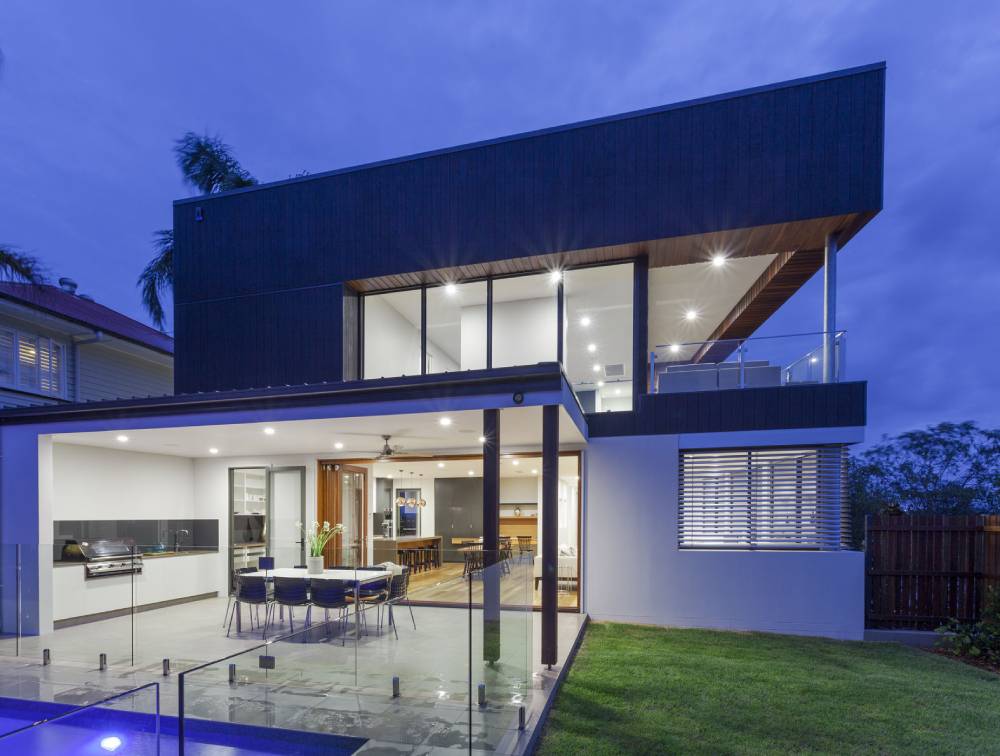Metroscape/Wellness Takes Center Stage

Source: BuilderOnline
New research shows the importance of health-related amenities in new homes
Within the past five years, expectations among consumers who buy new homes have risen–a
lot. Sustainable, smart homes are becoming the norm, and the cost to design and build them is no
longer in the realm of luxury–it's mainstream.
New research has shed light on the next trend in sustainable housing: health. Buyers soon
will expect builders to be part of their efforts to not only live healthier but also drive down the costs of their medical care, which is one of Americans' top expenditures. In fact, the share of household income going to healthcare spending has been going up disproportionately with increases in consumer spending as a whole for the past decade, and now hovers at just below 8% of annual household spending.
The new white paper, "Defining Health and Well-Being At Home," addresses how builders
can get ahead of the curve on healthy home design and development. The research indicates that
more than one out of five new home buyers spends between $500 and $5000 on discretionary
health and well-being products and services per year. The study also shows that two out of three
new-home buyers associate healthy home features and functionality with the ability to drive their health and medical costs down.
In other words, the majority of survey respondents expect their homes to play a significant
role in helping them improve and maintain good physical health and emotional wellness. When
asked "When you think of health and well-being, what comes to mind?" the top responses were
having more energy, feeling better rested, and reaching a better body weight.
Additionally, two-thirds of respondents said they believe the right housing environment
could cut their annual medical costs by as much as 40%. Most respondents favored health
features over more conventional design trends, and selected features like insulated walls designed
to reduce noise, High-performance windows with reflective coatings, net-zero energy, and green
walls over more traditional amenities like outdoor kitchens, walk-in closets, and golf course
homesites.
Where to Start
When asked what part of a house contributes the most to improving health and wellness,
respondents ranked bedrooms and sleeping areas the highest, followed by kitchens and lighting.
"Research reveals a fundamental shift among consumers toward embracing a concept we
call 'wellness real estate' because they see their homes as an invaluable asset in supporting their physical and emotional well-being," says Barbara Squrrier, managing director of the Well Living Lab, which studies how indoor environments affect health and well-being.
"Home builders are responding by combining architecture and design with cutting-edge
advancements in technology and science," she says.
A survey cited in the white paper, of 232 home builders and remodelers in the U.S. conducted by Dodge Data and Analytics, shows home buyers' increasing awareness of healthy-home options and an increasing desire to pay for those benefits. The report found that 83% of builders believe home buyers are willing to pay more for a healthier home. It also found that one-
third of home buyers are willing to pay at least 5% more to get features that benefit their health and well-being.
The initiative incorporates ideas from manufacturer suppliers, building technology experts,
materials scientists, and the most advanced sensor-based interactive systems to develop an
attainably priced home that harmonizes sustainability, technology, and active and passive health systems within its walls.
Evolving Priorities
The survey also found homeowners' health and wellness priorities change as they grow older.
Respondents between the ages of 25 and 55 want to be athletic or physically fit. They place a
higher emphasis on having more energy, feeling better rested, and being in a happier state of mind than older Americans do.
People over the age of 55 are more focused on feeling alert and mentally sharp as well as
minimizing medical needs and costs because they have been planning for a different aging
experience than their parents.
Baby boomers want to continue living in the home and communities where they've resided
for many years and to stay active in the workforce, civic groups, churches and/or social clubs.
They don't want to feel like they’re being forced to move into retirement communities, the survey found. "Realizing those goals requires considering how people's needs change as they age. The challenge for builders is to create homes that are attainable for first-time buyers, families, and empty nesters across all income levels."
As a result of this research, the question for home builders is how quickly they can move to
address this burgeoning need for health and wellness as a new market opportunity. The white
paper imagines, in a very near future, a five-star rating system for home buyers, who’ll score and rank new home builders according to how well they deliver on the promise of providing healthier home features and functionality.